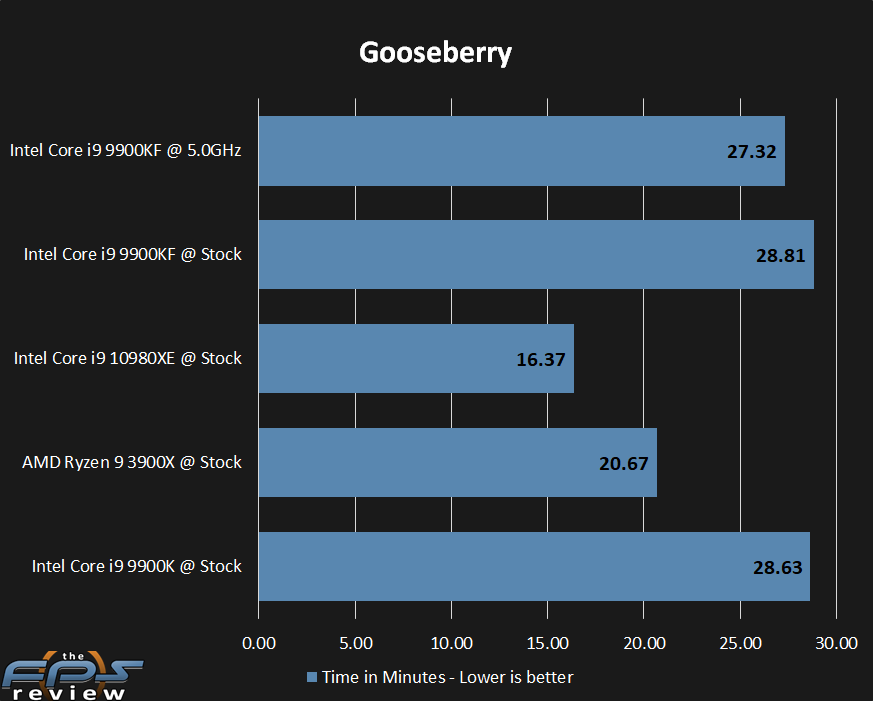
- #Intel quicksync and blender 1080p
- #Intel quicksync and blender software
- #Intel quicksync and blender windows
Rendering tests, compared to others, are often a little more simple to digest and automate. The extra power budget of the 28W mobile Tiger Lake seems to offer the most benefit. The Tiger Lake and 4800U use LPDDR4X-4266, with the Ice on LPDDR4X-3733.
#Intel quicksync and blender software
We have seen in past that the eDRAM enabled processors give a good benefit to software like WinRAR, and it is usually where we see the biggest DRAM differences. This means the results are contained within AHK, with an average of the last 5 results being easy enough to calculate.Īlong with single-core frequency, WinRAR benefits a lot from memory bandwidth as well as cache type. Due to DRAM caching, we run the test for 20 minutes times and take the average of the last five runs when the benchmark is in a steady state.įor automation, we use AHK’s internal timing tools from initiating the workload until the window closes signifying the end. The results shown are the time taken to encode the file. This is a mixture of compressible and incompressible formats.

#Intel quicksync and blender windows
It is available on Windows via an interface or can be accessed through the command-line, with the latter making our testing easier, with a redirection operator for the console output.įinding the right combination of tests to use in our Handbrake benchmark is often difficult. Handbrake is a favored tool for transcoding, with the later versions using copious amounts of newer APIs to take advantage of co-processors, like GPUs. There are other codecs coming to market designed for specific use cases all the time. HEVC is important as 4K is streamed over the air, meaning less bits need to be transferred for the same quality content.
#Intel quicksync and blender 1080p
Alongside Google's favorite codecs, VP9 and AV1, there are others that are prominent: H264, the older codec, is practically everywhere and is designed to be optimized for 1080p video, and HEVC (or H.265) that is aimed to provide the same quality as H264 but at a lower file-size (or better quality for the same size). First consideration is the standard in which the video is encoded, which can be lossless or lossy, trade performance for file-size, trade quality for file-size, or all of the above can increase encoding rates to help accelerate decoding rates. Video transcoding (both encode and decode) is a hot topic in performance metrics as more and more content is being created. As we move into live 3D video, this task will only get more strenuous, and it turns out that the performance of certain algorithms is a function of the input/output of the content. Video transcoding as a tool to adjust the quality, file size and resolution of a video file has boomed in recent years, such as providing the optimum video for devices before consumption, or for game streamers who are wanting to upload the output from their video camera in real-time.


In the encrypt/decrypt scenario, how data is transferred and by what mechanism is pertinent to on-the-fly encryption of sensitive data - a process by which more modern devices are leaning to for software security. This covers two main areas: encryption/decryption for secure data transfer, and video transcoding from one video format to another. One of the interesting elements on modern processors is encoding performance.


 0 kommentar(er)
0 kommentar(er)
